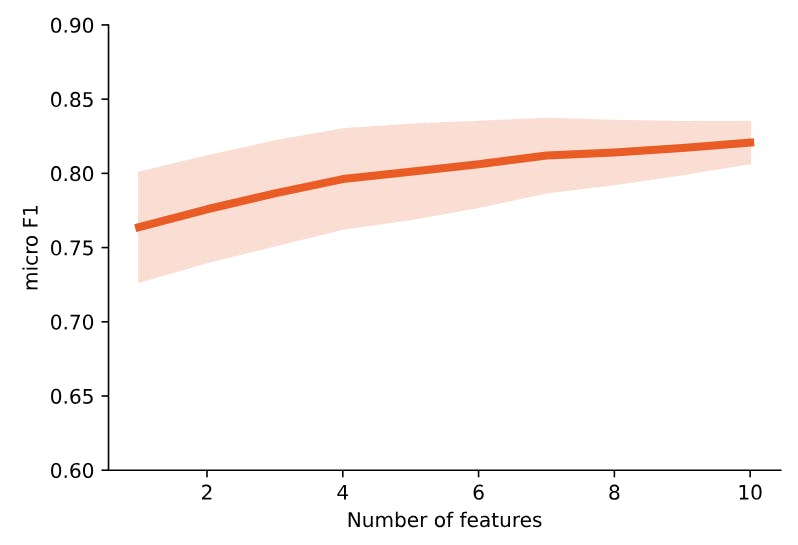
Improving AI Accuracy and Interpretability with ICE-T
11 Jun 2025
ICE-T is a new prompting method that boosts AI accuracy and transparency, outperforming zero-shot learning—especially in regulated, high-stakes fields.
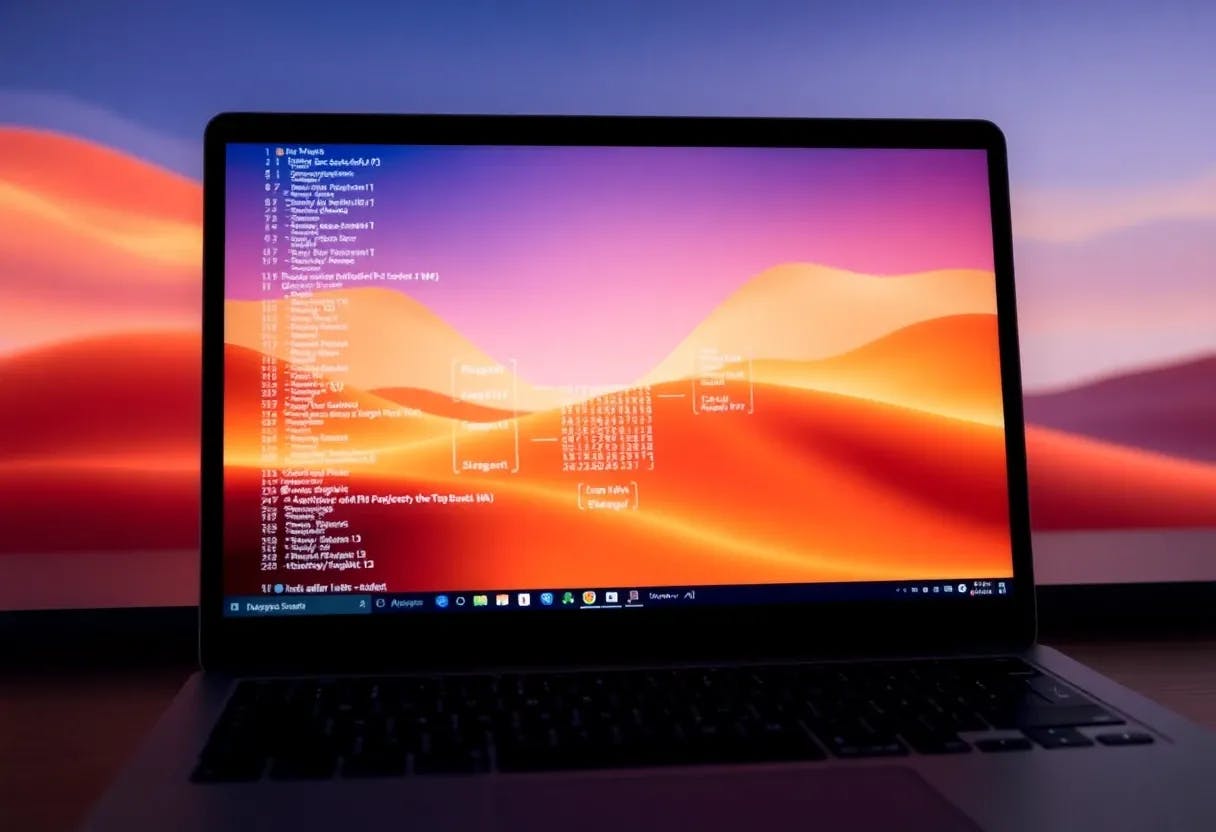
ICE-T’s Challenges and Paths for Future Development
11 Jun 2025
Explore ICE-T method limitations, future research directions, and reproducibility details for enhancing LLM binary classification accuracy and interpretability.

Key Questions in the ICE-T Method for Patient Assessment
11 Jun 2025
Explore the ICE-T method’s key questions used for patient assessment across drug abuse, alcohol use, medical decisions, and other clinical tasks.
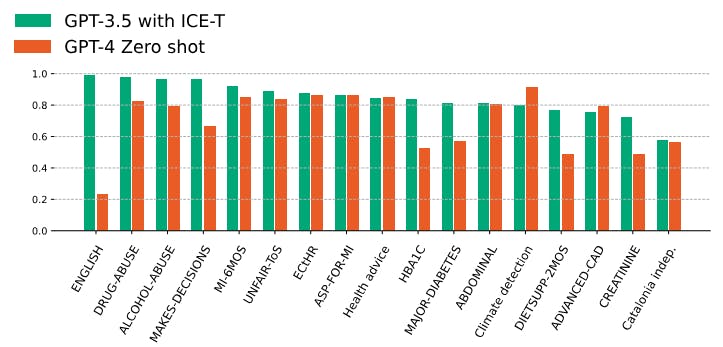
ICE-T Outperforms Zero-Shot in NLP Tasks Across Multiple Domains
11 Jun 2025
ICE-T outperforms zero-shot methods, significantly boosting µF1 scores in GPT-3.5 and GPT-4 across diverse classification tasks and datasets.
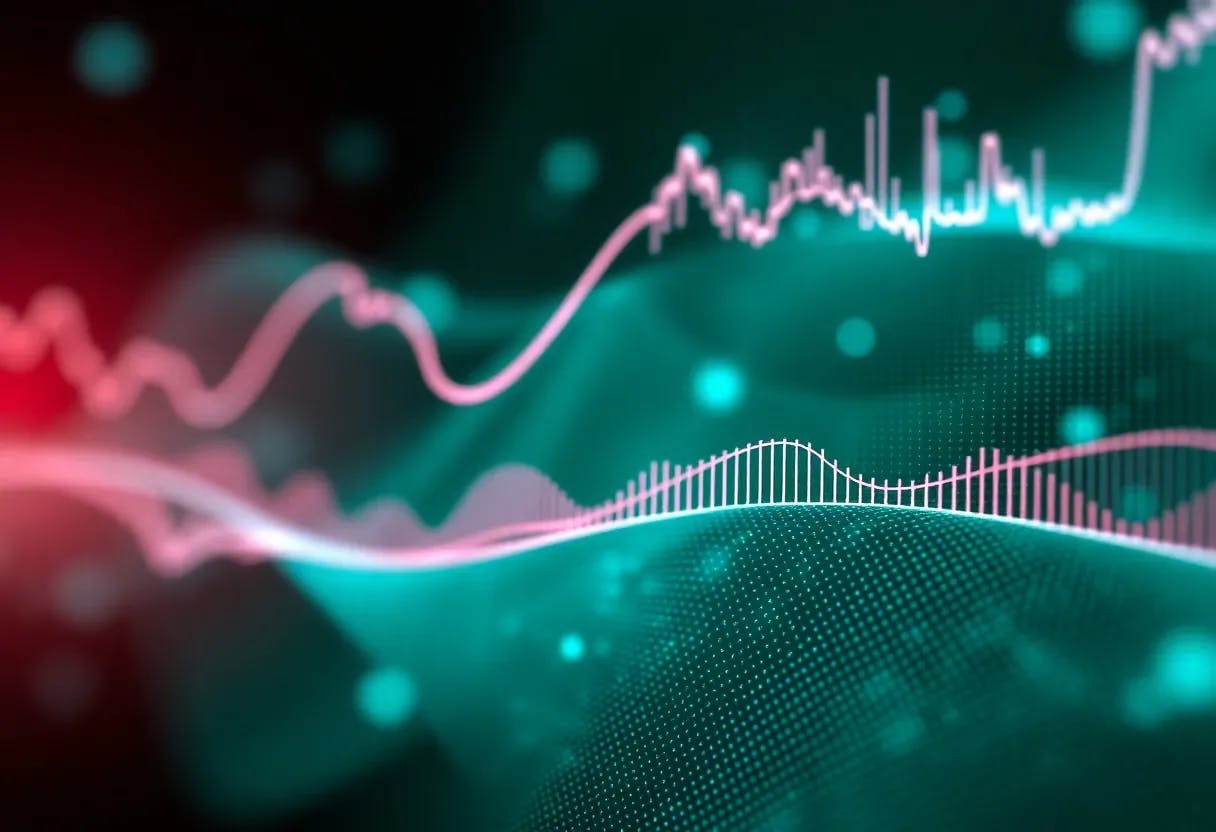
Improving Binary Classification with LLM-Generated Questions
11 Jun 2025
LLMs generate yes/no questions to improve binary classification. We test classifiers and analyze µF1 performance using GPT-4 and GPT-3.5 outputs.

Medical and Legal Text Datasets for Binary Classification Tasks
11 Jun 2025
Explore 3 labeled NLP datasets for binary classification: medical advice, human rights violations, and unfair contract terms in online ToS.

Diverse NLP Datasets for Real-World Text Classification
11 Jun 2025
Explore annotated datasets used for text classification across domains—medical records, climate reports, and political tweets on Catalan independence.
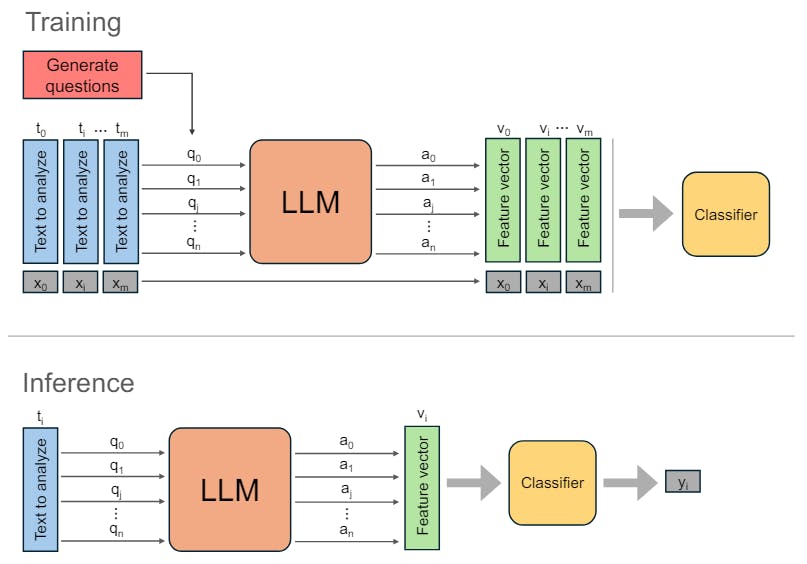
Using LLMs for Downstream Classification: Prompt, Verbalize, Train
11 Jun 2025
Learn how to prompt LLMs, convert their outputs into feature vectors, and train a classifier using verbalized responses for predictive tasks.
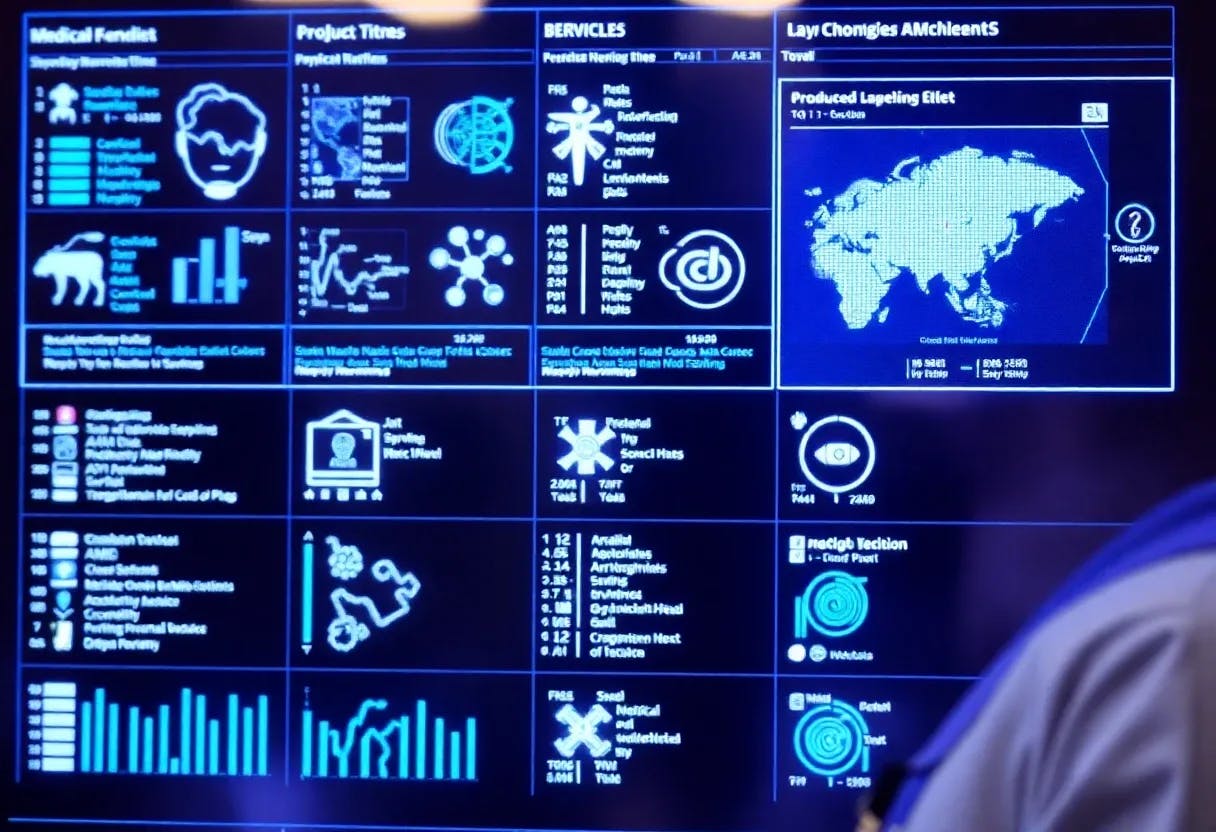
How ICE-T Trains LLMs with Yes/No Questions for Better Classification
11 Jun 2025
Learn how the ICE-T system trains language models using yes/no questions, converting answers into feature vectors for classifier training.
